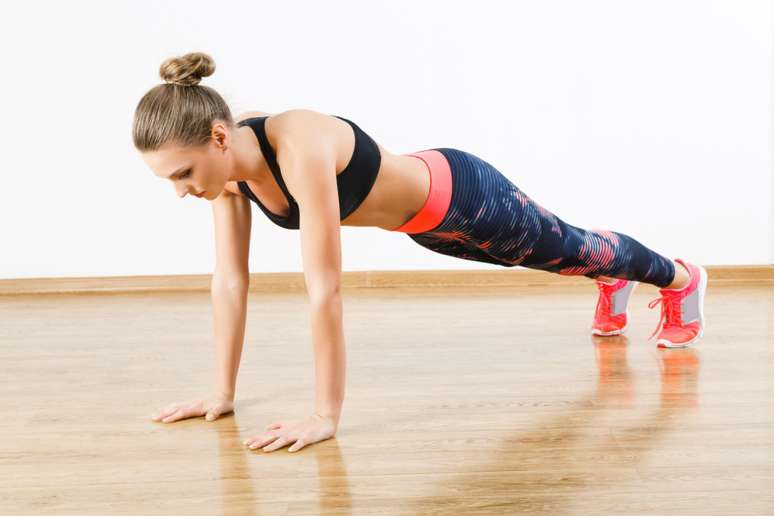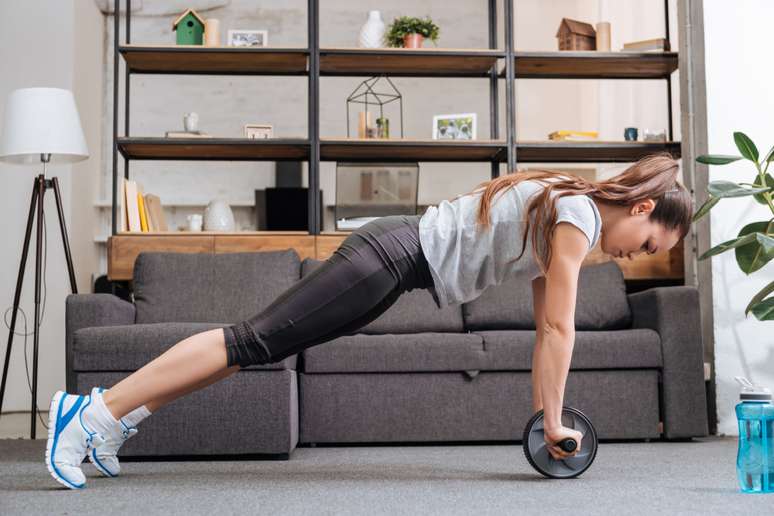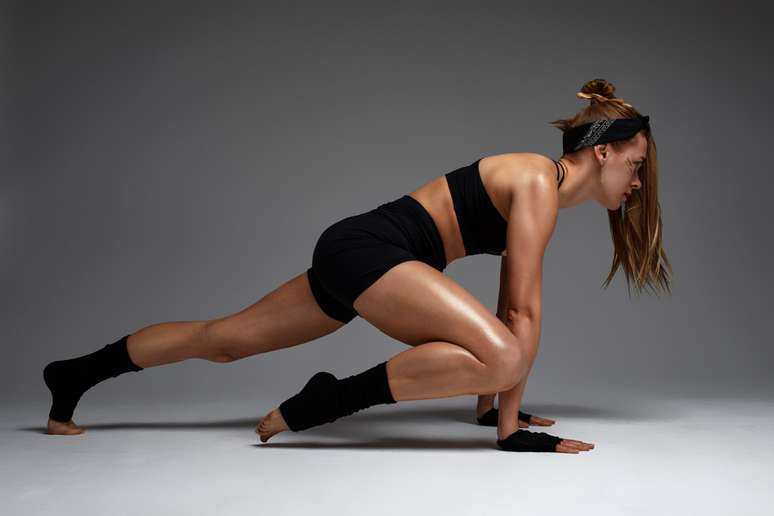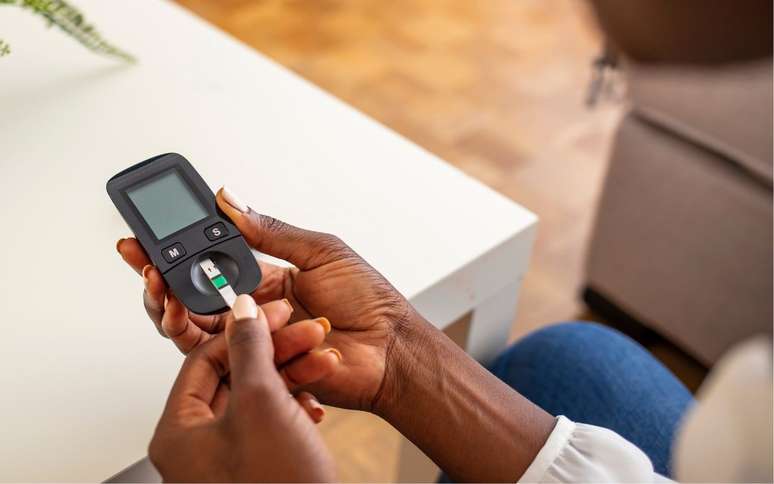Physical therapist explains how strengthening core muscles helps prevent back pain
Have you ever wondered what the secret is to cultivating a strong, agile body without back pain? The answer to this question is related to the core muscles, which include the abdominal muscles and play a vital role in stabilizing and supporting almost all movements of the body.
The core plays a fundamental role in supporting the spine, pelvis and kinetic chain during daily activities, being directly associated with a significant reduction in the chances of developing back pain.
According to Bernardo Sampaio, physiotherapist and clinical director of the ITC Vertebral de Guarulhos, the weakness of this muscle significantly increases the risk of developing low back pain. “Failure to activate the body’s muscles during functional movements can overload joints other than the spine and can also contribute to injury, depending on the movement,” he explains.
Other benefits of core strengthening
The expert points out that strengthening the core offers other benefits. “A strengthened core increases power and improves the efficiency of movements, with an improvement in balance, the risk of injury gradually decreases and, in addition, brings notable improvements to the nervous system and muscle cooperation,” says Bernardo.
Therefore, don’t underestimate the importance of incorporating core strengthening exercises into your workout routines. Next, discover the exercises recommended by your physiotherapist and learn how to perform them!

1. Dead center pushup
Perform a push-up the classic way, but with a movement which starts from the starting position, challenging the core and expanding the mobility and stability of the shoulders. Follow these steps for accurate execution:
- Lie face down with your chest and stomach on the floor, keeping your hands and feet elevated.
- Perform the push-up movement in a conventional manner, lifting your body with straight arms and legs.
- When you return, touch the floor with your chest and belly, returning to the starting position and repeat the typical number of repetitions of the set.

2. Abdominal roll
The roller can be used stretches your muscles in the stable shoulder area with an additional emphasis on flexion. In this exercise the athlete benefits from the stable position of the trunk, which helps support the body. To do this, follow the steps below:
- Kneel with the roller positioned in front of you.
- Hold it in the center of the bar (between the plates) or to the side, keeping your spine aligned.
- Slide the roller forward as fast as possible and return to the starting position.
- Repeat the exercise in sets that you are used to performing.

3. Mountaineering
This exercise combines dynamic lumbar stability with hip and knee flexion and extension movements. The alternation of the legs replicates the needs of the body maintain lumbar stability while running, creating a resounding challenge for the lower back. The execution is simple and, for a good execution, do it this way:
- In the push-up position, with both hands resting on the floor or a mat, extend your arms and extend your legs behind you.
- Alternate legs at a brisk pace.
- As one leg returns, the other moves forward with the knee bent, maintaining a quick movement.
“It is important that the speed used to perform the exercise is comfortable and suitable for the level of frequency with which the athlete exercises,” advises the physiotherapist.
By Fernanda Cezar
Source: Terra
Ben Stock is a lifestyle journalist and author at Gossipify. He writes about topics such as health, wellness, travel, food and home decor. He provides practical advice and inspiration to improve well-being, keeps readers up to date with latest lifestyle news and trends, known for his engaging writing style, in-depth analysis and unique perspectives.








